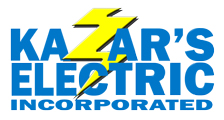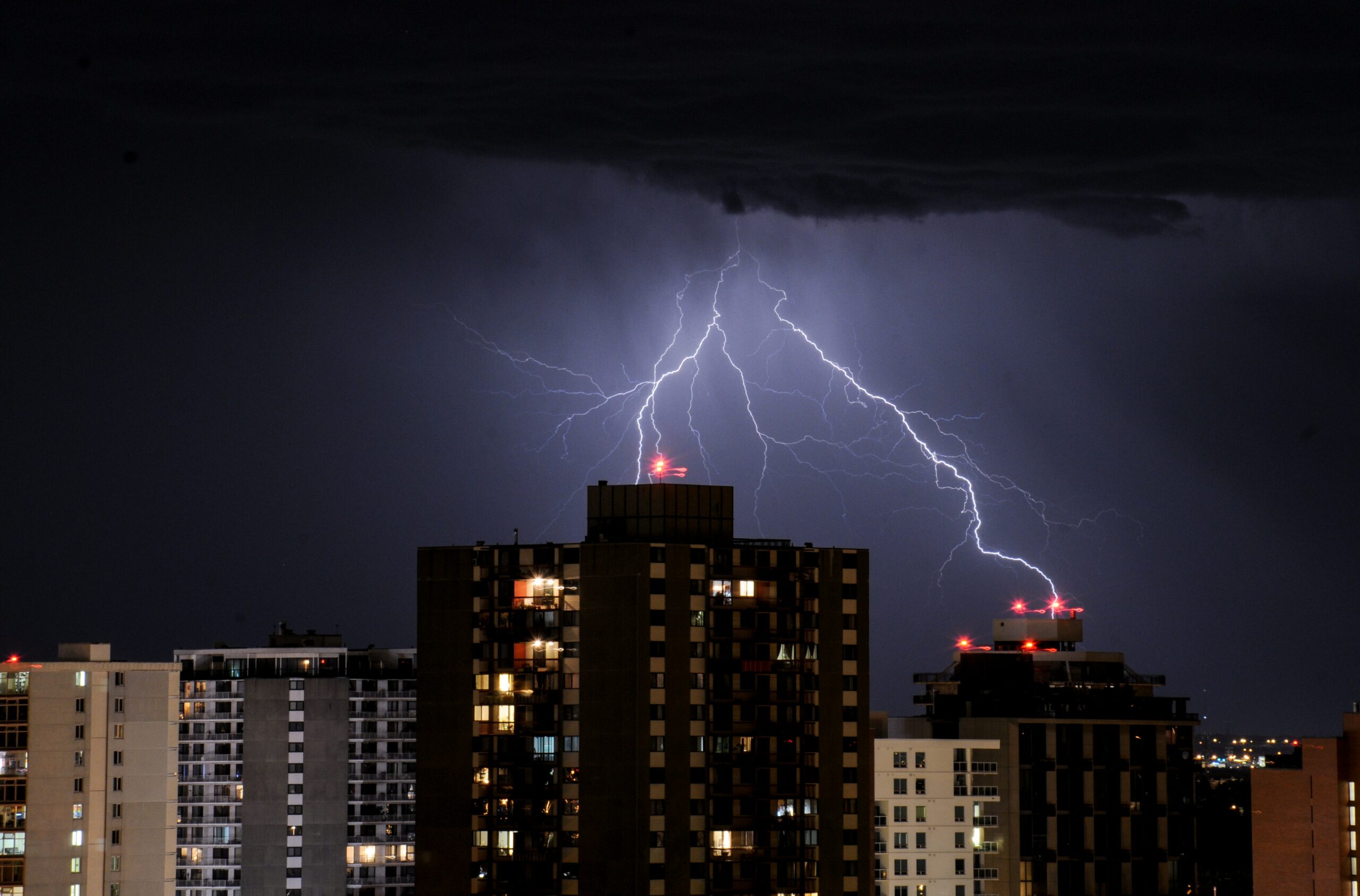Lightning and power surges can wreak havoc on electrical systems, causing damage to appliances, electronics, and even the building’s electrical infrastructure. To protect against these potential hazards, many homeowners and businesses install surge protectors and lightning arresters. But what’s the difference between the two, and which one is right for your needs?
Keep reading to explore the difference between a lightning arrester and a surge arrester.
Lightning Arresters vs. Surge Arresters
Looking at the difference between the two arresters is best done by considering the following factors:
Function
When lightning strikes a power line, it sends a surge of energy through the system that can damage or destroy your electrical equipment. Lightning arresters work by diverting this energy safely from your equipment to the ground. They are installed at the point where the power line enters your facility and acts as a shield between the power source and your electrical system.
Surge arresters protect your electrical system from smaller, more frequent power surges. These surges can come from various sources, including lightning strikes, power outages, and even your own electrical equipment. Surge arresters work by absorbing these surges and preventing them from reaching your electrical equipment. They are installed throughout your electrical system, often at points where sensitive equipment is connected.
Design
Lightning arresters divert the massive amount of energy released by lightning strikes by providing a low-resistance path for the lightning current to follow, diverting it away from the equipment and grounding it to earth.
Surge arresters protect electrical equipment from small, frequent surges due to electrical events by detecting and diverting the sudden voltage surge away from the equipment and towards the ground. The surge arrester design allows for faster and more precise responses to small voltage surges that may cause damage to sensitive electrical equipment.
In terms of physical appearance, lightning arresters are typically taller and bulkier than surge arresters. This is due to the nature of their function, as they need to divert the massive energy of lightning strikes. Surge arresters are usually smaller and more compact, making them easier to install in confined spaces.
Location
Lightning arresters are typically installed at the highest point of a building or structure to intercept lightning strikes before they damage the electrical systems within. This location helps to ensure that any electrical surge from a lightning strike is diverted away from the building and safely to the ground.
Installing surge arresters closer to the source of electrical power, like the entry point for electrical service into a building, or near sensitive electrical equipment that needs protection from power surges, is advised. Surge arresters installed in these areas can better safeguard electrical systems within a building from damage caused by power surges.
It’s important to note that both lightning and surge arresters can be used in conjunction to provide maximum protection from electrical damage. At Kazar’s Electric, we can help you choose the right protection for your property. Our team of experts can assess your property’s needs and recommend the best surge or lightning arrester for your specific situation. Contact us today for more details.

